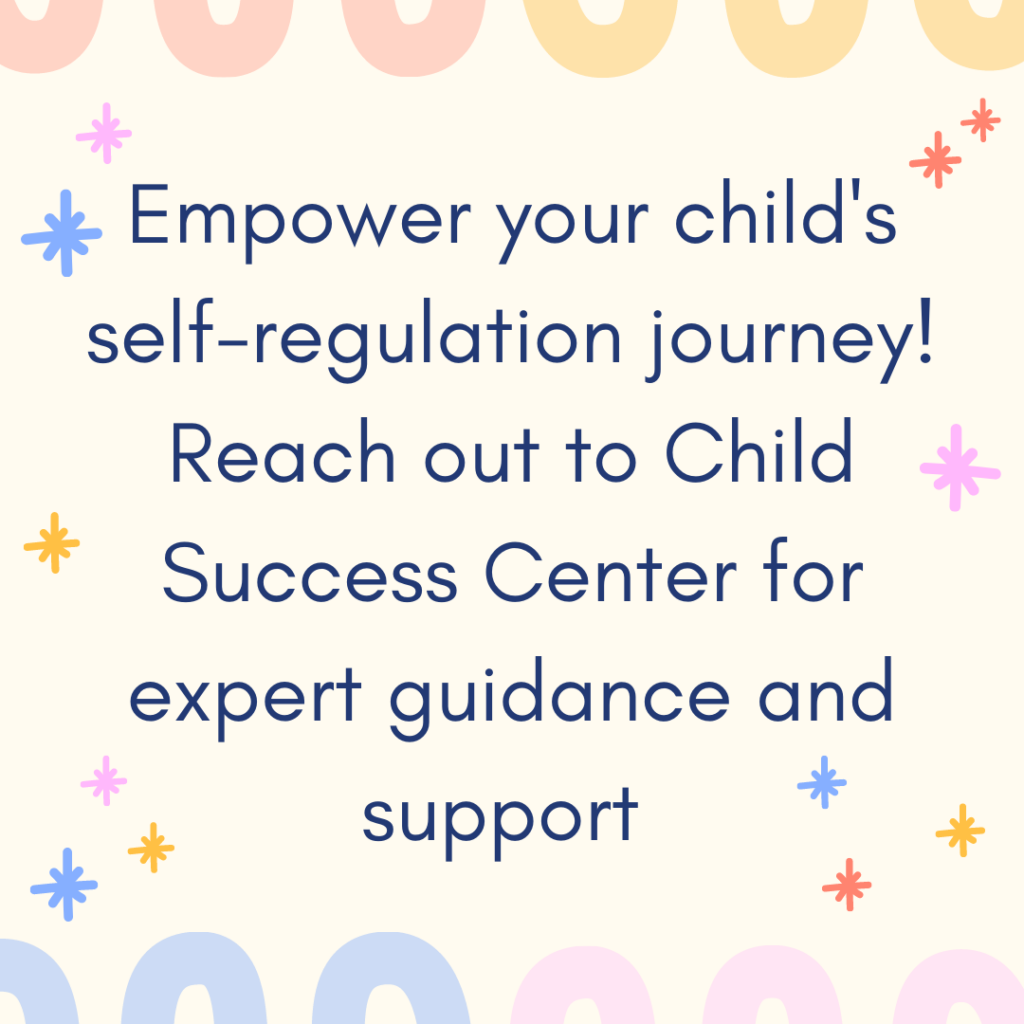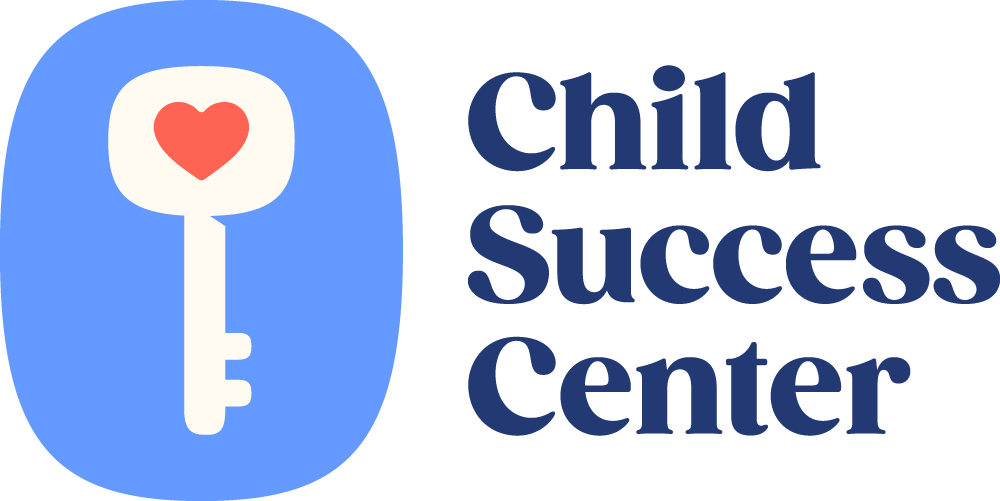Meltdowns, Tantrums, and Self-Regulation

A Parent’s Guide to the New School Year
As a new school year begins, children face a whirlwind of changes and
expectations. While some adjustment is normal, it’s crucial to
recognize when a child might need additional support. Let’s explore
the differences between typical adjustment behaviors and those that
may require intervention, with a focus on understanding meltdowns,
tantrums, and the importance of self-regulation.
Typical Adjustment Behaviors vs. Signs of Concern
In the first few weeks of school, it’s common to observe:
Reserved conversation and play
Minimal crying during separation
Discussion of nerves with parents
These behaviors usually subside as children become more comfortable.
However, if the following persist beyond two months, it may be time to
seek professional help:
Frequent meltdowns
Lack of response to peers or adults
Inability to follow two-step directions
Difficulty being understood by others
Challenges in understanding and managing emotions
Understanding Meltdowns vs. Tantrums
While often thought to be the same, meltdowns and tantrums are distinctly different.
Tantrums:
Goal-oriented behavior
Child maintains some control
Often stop when the child gets what they want
Typically involve crying, screaming, and stomping
More common in toddlers
Meltdowns:
Triggered by sensory overload or emotional overwhelm
Child has little to no control
Can last longer and require more recovery time
May involve extreme emotional outbursts or withdrawal
Can occur at any age, especially in children with sensory or
developmental delays
The Role of Self-Regulation
Self-regulation is the ability to understand and manage our behavior
and reactions to internal feelings and external stimuli. It’s crucial
for learning, behavior, social interactions, and independence.
Signs of self-regulation difficulties often appear as:
Frustration over small problems
Elopement when overwhelmed
Difficulties with focus and attention
Challenges with impulse control
Struggles in group settings or family activities
Supporting Your Child’s Self-Regulation Development
Assess your child’s sensory environment
Identify behavior struggle patterns
Consider your child’s sensory profile
Adapt the environment to reduce the overwhelm
Teach coping strategies, including breathing techniques
The “Sensory Diet” Approach
A sensory diet is a carefully designed program of physical activities
and accommodations tailored to give a child the sensory input they
need throughout the day. This can help calm their nervous system and
improve their ability to process sensory information, ultimately
leading to better self-regulation.
Strategies to help with sensory modulation include:
Providing a big squeeze hug
Creating a calm, quiet space
Encouraging deep breathing
Engaging in proprioceptive activities
Participating in activities like yoga, rock climbing, or swimming
The Importance of Early Intervention
Recognizing signs of struggle early can make a significant difference
in your child’s academic and social success. Early intervention can
help children develop the tools they need to navigate school life more
effectively, reducing stress for both the child and the family.
Remember, every child is unique, and what works for one may not work
for another. If you’re concerned about your child’s ability to
self-regulate or adjust to the new school year, don’t hesitate to
reach out to professionals. The Child Success Center offers expert
guidance and support to help your child develop these crucial skills
and ensure a smoother transition into the school year.
By understanding the nuances of meltdowns, tantrums, and
self-regulation, and by nurturing your child’s emotional skills,
you’re setting them up for success in all areas of life. It’s a
journey, but with patience, understanding, and the right support, your
child can develop the self-regulation skills they need to thrive.

